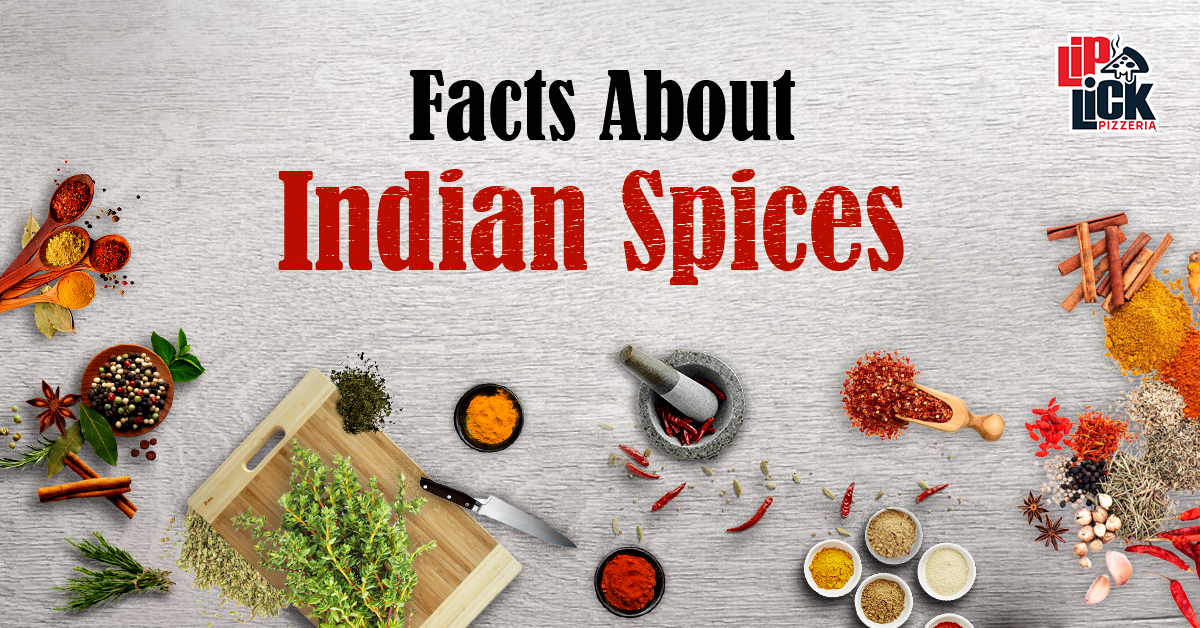spice facts
Allspice Ground
Botanical name: Pimenta dioica Family name: Myrtaceae
Allspice is the dried berry of an evergreen tree which grows to a height of 9-12 m, but in the wild can be up to twice this height. The round allspice berries have a rough surface because of tiny oil glands. Inside there are two hard, kidney-shaped seeds, but most of the flavour comes from the husk or shell.
Native range: West Indies, Central America, South America
Major producers: Jamaica, India
Harvesting: The fully developed but still green allspice berries are harvested between July and September, about 3–4 months after flowering. The berries change to purple and then brown as they are dried in the sun.
Taste and aroma: The name “allspice” is derived from the fact that it tastes and smells like a blend of cloves, nutmeg, and cinnamon.
Culinary uses: Widely used in European cooking as an ingredient in sweet recipes including cakes, biscuits, and Christmas puddings. Ground or whole spice is also used in preserves and chutneys, and to contribute flavour in liquors such as Benedictine and Chartreuse. Whole allspice berries are a popular ingredient for mulled wine.
Other uses: Oil from the berries and leaves of allspice are used in antiseptics, medicines, and perfumes.
Historical uses: Mayan Indians used allspice to embalm their dead, and the preservative properties of allspice were valued by early seafarers for keeping both fish and meat edible on long voyages.
Storage: Allspice berries retain their freshness best if stored whole in an airtight container, and crushed or pounded when needed.
Anise Ground
Botanical name: Pimpinella anisum Family name: Umbelliferae
Anise (or aniseed) is the dried seed of an annual herb of the parsley and carrot family. The feathery anise plant grows to about 0.6 m. The plant is mainly cultivated for its seeds, but young leaves are also used as a herb.
Native range: Eastern Mediterranean, North Africa, Central Asia
Major producers: India, Central America, South America
Harvesting: Anise plants are harvested when the fruit begins to ripen and left in stacks until ripening is complete. The tiny ovoid seeds, which vary in colour from pale brown to green-grey, are separated from the flower heads by threshing. Bits of the thin stalk is often attached to the seeds.
Taste and aroma: Anise seeds have a sweet aromatic bouquet with a distinctive liquorice flavour. The spiciness of the seeds is similar to fennel.
Culinary uses: Anise is used in savoury and sweet dishes. The seeds are often dry-roasted to enhance the aroma. In the Middle East and India, anise is used mainly in bread and savoury foods. Around the Mediterranean, anise is often used to flavour fish stews.
Other uses: Oil from anise seeds is used in cough mixtures, antiseptics, perfumes, and soaps. It is also an essential ingredient in aperitifs and liqueurs such as ouzo, pastis, and anisette.
Historical uses: The ability of this spice to counteract indigestion was well known to the Romans, who used to serve a special spice cake after gastronomic orgies.
Storage: Anise will retain its flavour for at least 2 years if kept in an airtight container. The aroma of ground anise dissipates quickly so grind seeds as needed.
Black Pepper Ground
Botanical name: Piper nigrum Family name: Piperaceae
Pepper is a perennial vine indigenous to the Malabar Coast of India, and this area is still reputed to produce the highest quality pepper. Pepper grows best in humid, rainy, tropical areas. The plants start fruiting after about 3 years and continue to do so every third year for up to 40 years. The history of the spice trade is essentially about the quest for pepper. Trade routes were fiercely protected and empires were built and destroyed because of it. In volume and value pepper remains the most important spice.
Native range: Southern India
Major producers: India, Indonesia, Brazil, Malaysia, Vietnam, Sri Lanka, Thailand, Cambodia
Harvesting: To produce black pepper, immature green berries are picked, briefly fermented, and then dried. During drying, the peppercorns shrivel, become wrinkled, and turn dark brown to black. For white peppercorns, the berries are picked when yellowish-red and almost ripe, and then soaked to soften and loosen the outer skin. Once this is removed, they are rinsed and sun-dried.
Taste and aroma: Black pepper has a fine, fruity fragrance with warm, woody, and lemony notes. The taste is hot and biting with a clean, penetrating aftertaste. White pepper is less aromatic and can smell musty. The flavour of white pepper is cleaner, less rich, and not as complex as black pepper.
Culinary uses: Pepper is one of the most versatile spices. Although mostly used in savoury cooking and as a table condiment, it can also be used with fruits and in some sweet bread and cakes. Pepper brings out the flavour of other spices and retains its own flavour well during cooking.
Other uses: Pepper has long been recognised as an ingredient for stimulating the appetite as well as aiding in the relief of nausea. In India, it has been used as a medicine for thousands of years to treat anything from paralysis to toothache.
Historical uses: In ancient Greece and Rome, taxes were paid in pepper. In the Middle Ages, pepper was used as money and at times was as valuable as gold.
Storage: Black and white pepper rapidly lose their flavour and aroma when ground, so it is best to buy whole peppercorns and grind or crush them as required. Whole peppercorns will keep for a year or more when stored in an airtight container.
Cardamom Ground
Botanical name: Elletaria cardamom Family name: Zingiberaceae
Cardamom is the fruit of a large herbaceous perennial shrub of the ginger family. It flourishes in areas which have a constant warm temperature and moderate rainfall and grows wild in the forests of southern India.
Native range: Southern India, Sri Lanka
Major producers: India, Guatemala, Tanzania, Vietnam, Papua New Guinea
Harvesting: The cardamom plant bears fruit pods after 3 years and continues to produce for 10-15 years. The elongated green pods ripen from September to December and are hand-picked to avoid damaging both pods and plants. This labour-intensive harvesting accounts for the fact that cardamom is one of the most expensive spices.
Taste and aroma: The aroma of cardamom is strong but mellow and it has a warm, slightly lemon-like flavour with hints of eucalyptus and camphor.
Culinary uses: Cardamom is an essential ingredient in a wide range of Indian dishes. It is often used to flavour sweets, milk products, and masala tea. Cardamom can also be used in savoury foods like biriyani and meat curries, and it is an essential ingredient in curry powders, masalas, and other spice mixtures such as berbere from Ethiopia. Cardamom is used extensively in Scandinavian cooking, in pickles, cakes, pastries, and with herrings. In Arab countries, cardamom-flavoured coffee (gahwa) is popular and in Bedouin culture is served with much ceremony as a symbol of hospitality.
Other uses: The seeds and pods of cardamom contain an essential oil which is used in perfumes and as a stimulant.
Historical uses: Cardamom has been used in Indian ayurvedic medicine for more than 2,000 years to ‘remove fat’ and as a cure for urinary and skin complaints. It reached Europe along the caravan routes, and the Vikings took it from Constantinople to Scandinavia. Cardamom was used in perfumes by the ancient Greeks and Romans.
Storage: Cardamom pods should be stored in an airtight container in a cool dark place.
To be continued …..

